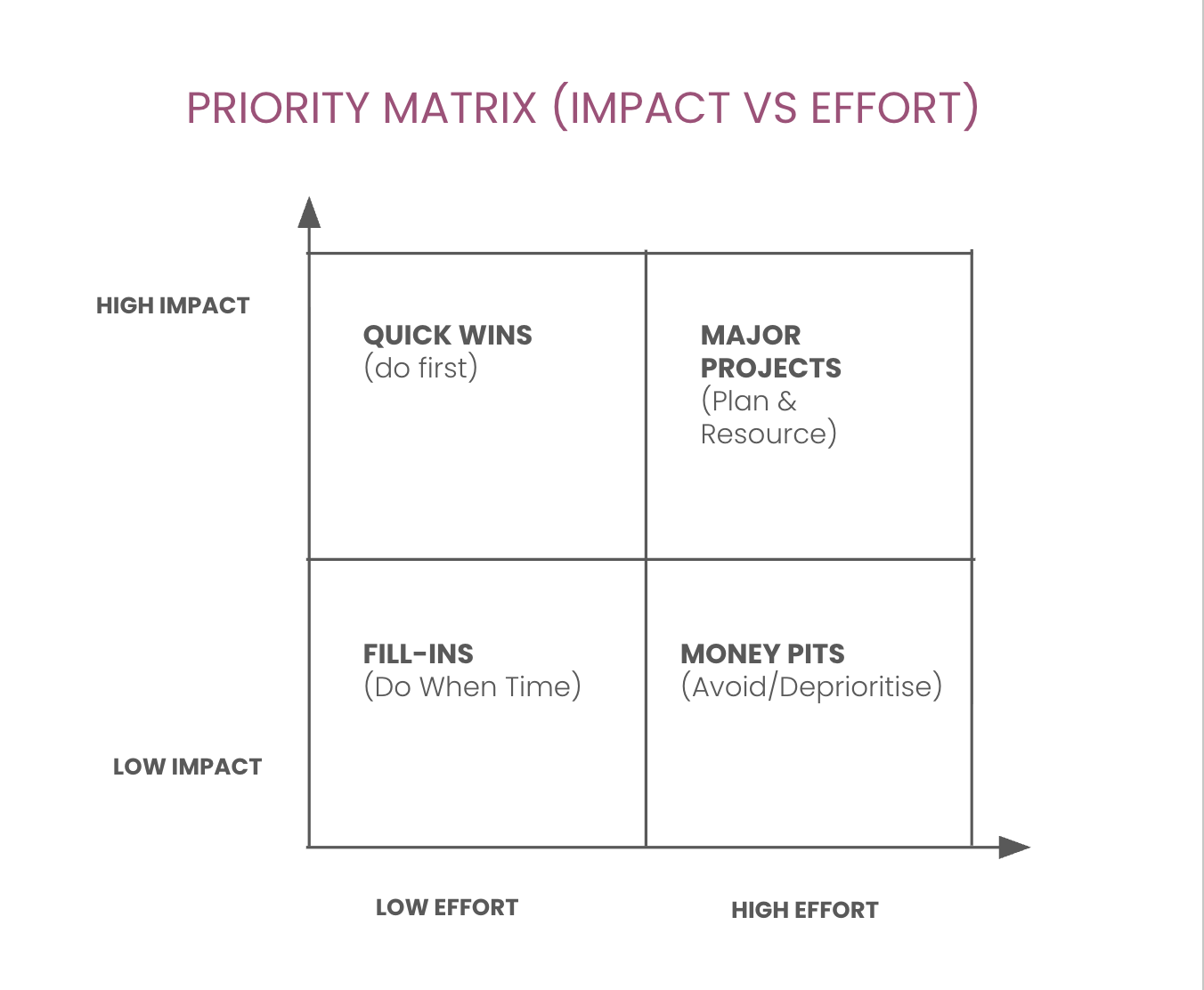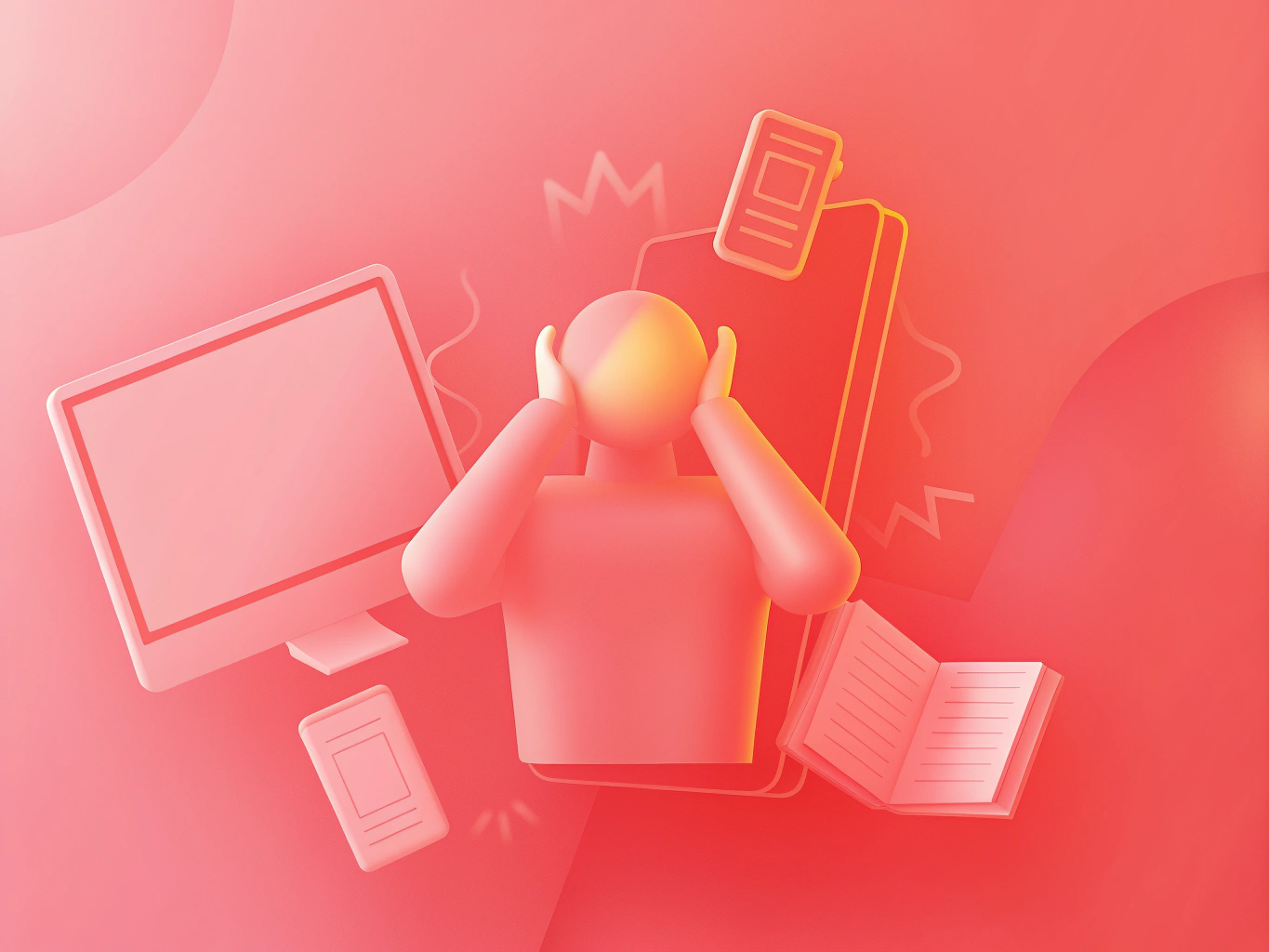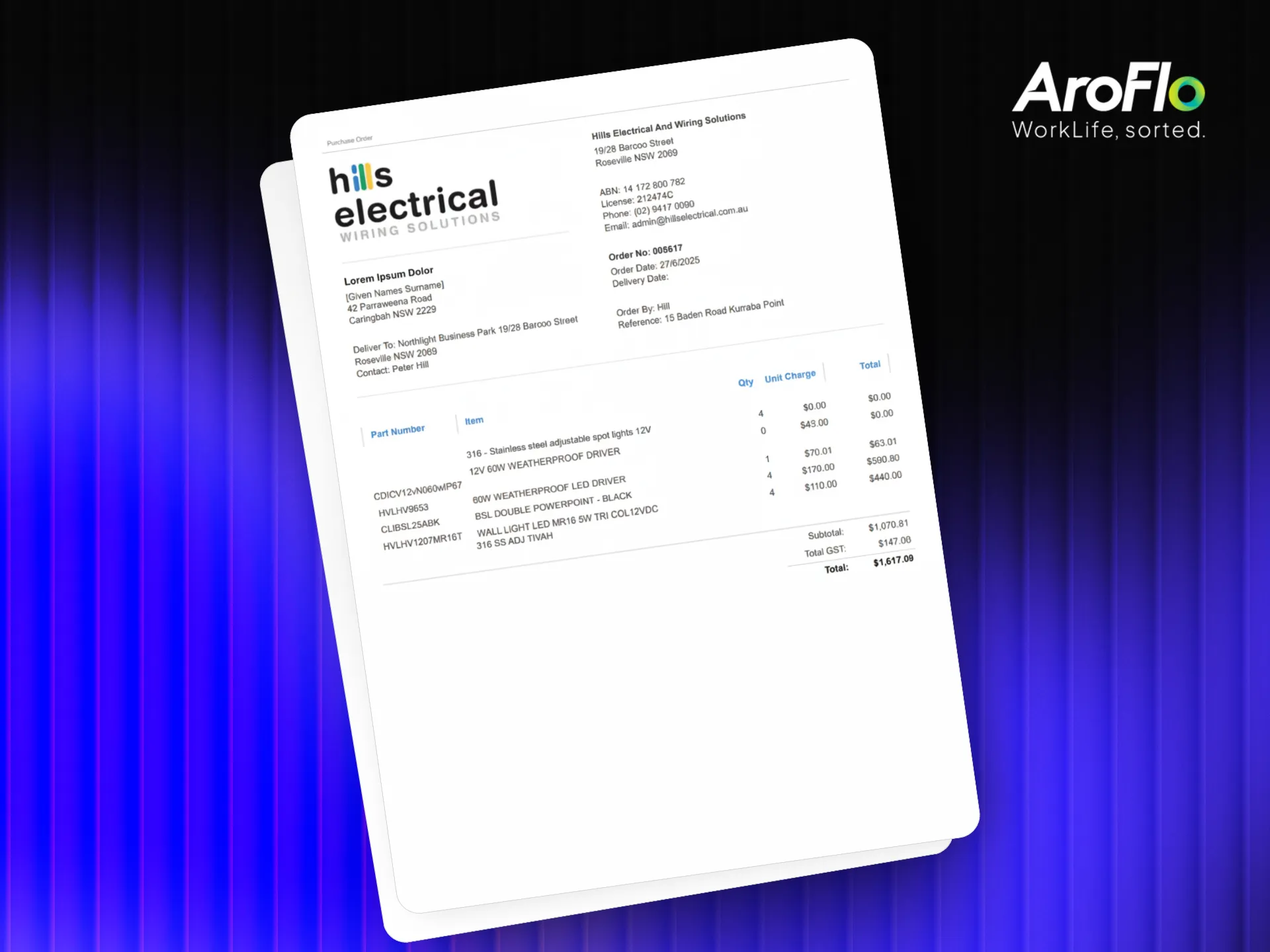Every trend. Every update. Every notification. It never stops.
We’ve noticed something: businesses aren’t struggling with a lack of information. They’re drowning in it. Every notification brings another trend to evaluate. Every feed shows another tool to consider. Every day brings another “revolutionary” update that promises to change everything. The question isn’t how to find information anymore. It’s how to filter what actually matters from what’s just noise.
Everything Sped Up
This feels obvious to say, but it gets forgotten constantly: more information doesn’t mean better decisions.
A generation ago, news arrived weekly through newspapers. Daily evening broadcasts were a big deal.
In 1930, the BBC had a news bulletin where the announcer simply said: “There is no news.” They played piano music for 15 minutes, then resumed regular programming.
Now? Information flows by the minute. By the second. Social media notifications. Design trend alerts. New platform features. AI tool launches. All day. Every day.
By 2025, we’re managing approximately 175 zettabytes of data globally. By 2035, that figure will hit 2,142 zettabytes—more than a tenfold increase in just one decade.
The volume isn’t the achievement. The exhaustion is the result.
What We’re Seeing Every Day at Spark
Here’s what’s landing in our feeds constantly:
New design trends. Glassmorphism one week. Frosted glass effects the next. Minimalist headers. Brutalist layouts. AI-generated content everywhere. Someone proclaims each one as “the future”.
We see people implementing these across websites, applications, and portals. Tools promising to automate this process or that workflow. Platforms that’ll revolutionise customer engagement. Features that’ll transform everything.
And honestly? Some of it is genuinely good. Some trends have staying power. Some tools solve real problems.
But most don’t.
We’ve been in this industry long enough to recognise the pattern. The trends that disappear six months later. The tools that get abandoned. The “revolutionary” features that nobody actually uses.
Experience teaches you something the hype cycle can’t: the difference between foundational improvements and temporary noise.
The hard part isn’t seeing the new thing. It’s knowing whether it matters.
Information vs. Noise
There’s this concept we’ve been using internally: classification.
Not everything deserves the same attention. But most businesses treat all information equally—which means strategic insights get the same consideration as meaningless trends.
We think about it in three categories:
Useful information: Directly applies to your actual business challenges. Has immediate relevance. Comes from sources with track records.
Good-to-have information: Might benefit you eventually. Not time-sensitive. Worth filing away but not acting on now.
Not relevant information: Trends that don’t align with your model. Features that don’t serve your customers. Solutions to problems you don’t have.
The classification itself isn’t complicated. What’s complicated is having the discipline to actually classify before reacting.
The Source of Truth Problem
Here’s something we’re seeing a lot: people take everything at face value.
Social media is saturated with people bragging about achievements that might not be real. Showcasing features that might not work. Promoting trends that might not last.
The algorithmic decline of social media has made this worse. Platforms prioritise engagement over accuracy. Clickbait over quality. Sensationalism over substance.
This isn’t cynicism. It’s pattern recognition.
When someone promotes a new design trend, we ask: Have they actually implemented it at scale? Have they measured the results? Or are they just early adopters chasing novelty?
When a platform announces a new feature, we ask: Does this solve a client problem? Or does this move clients to a higher payment tier?
We work in clients’ best interests. That means advising them on what works for their business—not implementing every possible feature until the system becomes convoluted.
Because here’s the reality: the internal team and business owners ultimately use these tools. If we chase every trend without filtering for relevance, we’re not helping. We’re creating noise.
When Fundamentals Matter More Than Speed
Information and trends come and go. But things built on strong fundamentals stay.
This is probably the most important thing we’ve learned: don’t overhaul your entire business model based on a single new idea.
It sounds extreme when we say it that way. But we see it constantly. A business discovers AI chatbots and wants to rebuild their entire customer service model overnight. A founder sees a competitor using glassmorphism and wants to redesign everything immediately.
This approach causes more harm than good. It creates instability. It confuses customers. It burns out teams.
Real innovation removes friction. Fake innovation adds to it.
The Step-by-Step Filter
Here’s what actually works: a simple questioning process before adopting anything new.
What is this? Not the marketing promise. The actual functionality. What does it do? How does it work?
Does it matter? Does it address a genuine problem we’re experiencing? Or just a problem we could theoretically have?
What are the fundamentals? Is it built on proven principles? Or is it just hype with a countdown timer?
What’s the cost? Not just money. Time. Resources. Opportunity cost. What are we not doing if we do this?
This systematic approach saves massive amounts of time and effort. It lets you focus on what actually moves the business forward.
Example: When Google Ads introduces another feature, the question isn’t whether it’s technically impressive. It’s whether implementing it genuinely helps the client—or just makes Google more money.
We’ve seen this pattern across platforms. New features that sound revolutionary. That promise transformation, which turn out to be minor variations of existing functionality wrapped in new terminology.
Good strategy means filtering for signals. Ignoring noise.
Aligning with What Actually Matters
You need a clear action plan that aligns with a bigger organisational strategy.
Without this alignment, even good ideas become distractions.
The Priority Matrix helps here. It’s not complicated. Four quadrants based on impact versus effort:
Quick Wins (high impact, low effort): Do these first. Maximum return for minimum investment.
Major Projects (high impact, high effort): Plan properly. Secure resources. Phase the implementation.
Fill-Ins (low impact, low effort): Batch these together when time permits.
Money Pits (low impact, high effort): Avoid entirely.

When evaluating new opportunities, we always ask: Should we do this now? Or later? Should we plan a rollout for next quarter that aligns with other initiatives?
Think of it like addressing multiple objectives with one strategic move.
Example: If implementing an AI chatbot looks beneficial, plan it alongside an overhaul of your customer-facing processes. Map where the chatbot fits into the whole journey. Estimate its actual impact. See the entire customer experience—not just one isolated touchpoint.
This comprehensive approach ensures technology serves strategy. Not the other way around.
The Pattern Repeats
Here’s something we’ve been watching closely: VibeCoding.
When AI tools emerged, there was this wave of excitement. Anyone could code now. Anyone could build applications. Just describe what you want and AI generates it instantly.
Companies like Lovable hit $100 million in annual recurring revenue by June 2025. The narrative was: traditional development is dead. Prompt engineering is the future.
Except that’s not what happened.
Traffic to major VibeCoding platforms collapsed. Lovable dropped 40% from its peak. Vercel’s v0 declined 64% since May. Bolt.new fell 27% since June. Customer churn rates across all VibeCoding companies became “really high,” according to Bolt.new’s own CEO.
Why? Because making something work is one thing. Sustaining and supporting it for the future is entirely another.
The tools worked great for sketching initial ideas. But users hit walls when code becomes messy. That final 5% of polish remained a significant sticking point. Over-reliance on AI-generated code led to a decline in actual coding skills and questionable long-term economics.
The lesson: actual developer knowledge still matters. Experienced professionals who can check code, ensure applications are built with future-proof foundations, maintain good fundamentals—those people aren’t optional.
The hype said they were obsolete. The reality proved otherwise.
The Fundamentals Always Win
Innovation fatigue is real. Nearly three-quarters of executives report it as their primary decision challenge. More than half of leaders globally experience burnout symptoms from the unrelenting pressure to drive transformation, adopt AI, and deliver continuous improvement.
But the solution isn’t rejecting innovation. It’s being strategic about which innovations deserve attention.
By classifying information systematically, focusing on fundamentals, using frameworks like the Priority Matrix, and validating decisions through retrospective analysis, you can break through the noise.
The businesses winning right now aren’t the ones implementing the most trends. They’re the ones implementing the right trends—at the right time, for the right reasons.
Same information. Different filters. Completely different outcomes.




